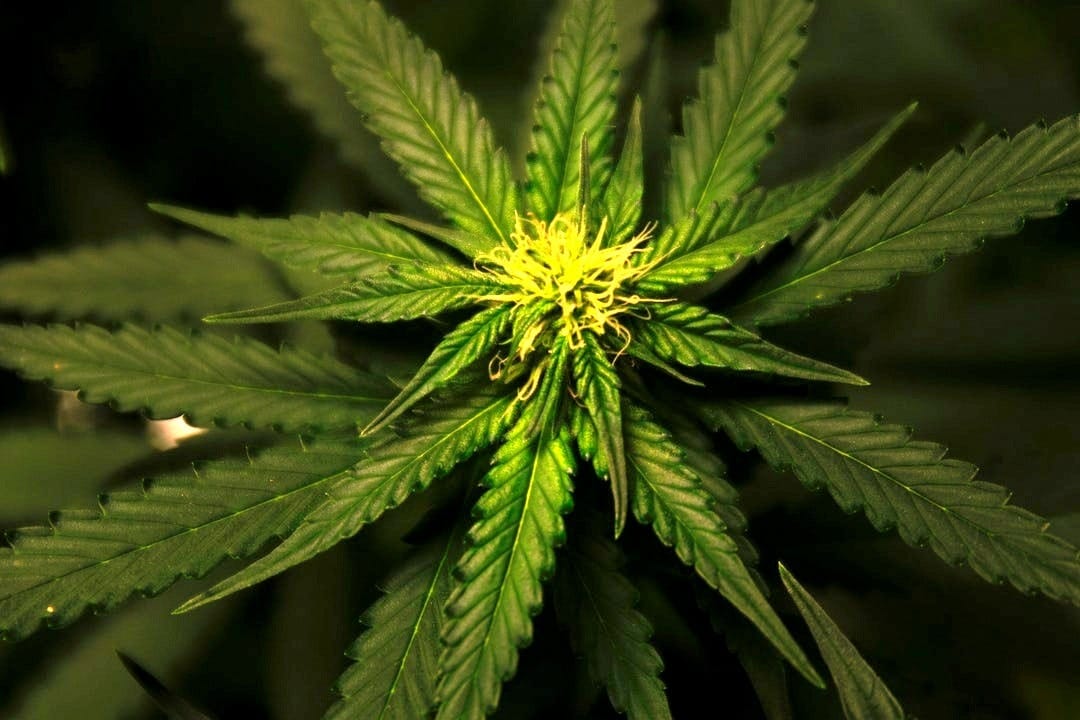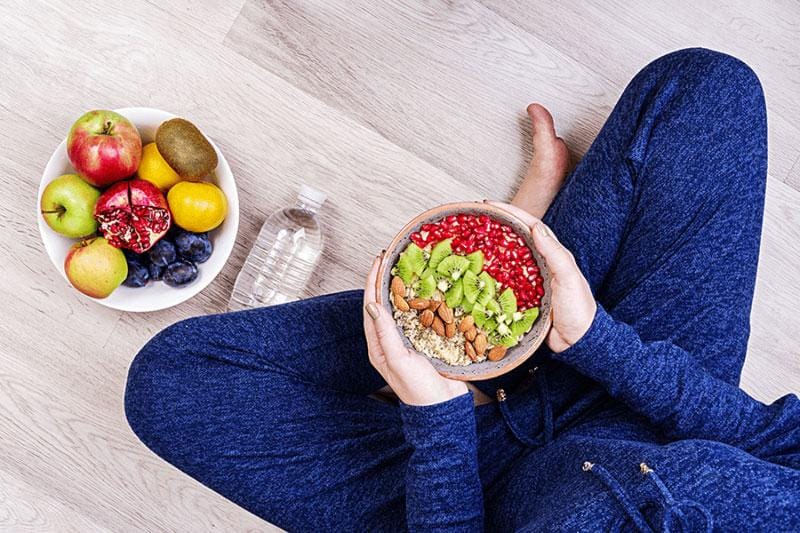Walk into any legal dispensary and — bam — sensory overload.
Rows of glass jars with exotic names: Purple Punch, Lemon Haze, Wedding Cake (yes, really). Every budtender swears their pick is “chill” or “energetic.” But if you’re honest, it’s hard to know if that sleepy “indica” tag means anything or if you’ll end up reorganizing your spice rack at 2 a.m.
I’ve been there. First time I shopped legal, I left with three grams of something called “Alien Rock Candy.” Spoiler: it didn’t taste like candy, and I definitely didn’t feel “energized.” That was the moment I realized the indica vs. sativa story we’ve all heard is… kind of outdated.
Let’s unpack what’s actually going on.
Contents
Is the Classic “Indica = Sleepy, Sativa = Energizing” Thing True?
Here’s the old-school breakdown most people know:
| Trait | Indica | Sativa |
|---|---|---|
| Plant look | Short, bushy | Tall, thin |
| Origin | Afghanistan, Pakistan | Equatorial regions |
| Supposed effect | Relaxing, sleepy, “couch-lock” | Uplifting, creative, daytime |
Sounds neat, right? Except… modern science kinda wrecked this.
Truth bomb: A plant’s shape doesn’t control how it makes you feel. Two “indicas” can feel wildly different; some “sativas” will knock you out. The whole sleepy/energetic divide came from plant biology decades ago, but it doesn’t predict effects.
So What Does Decide How Cannabis Feels?
This is where things get nerdy — but fun nerdy, I promise.
1. Cannabinoids — Your Main Active Compounds
- THC: The one everyone knows. Euphoria, altered perception, appetite boost.
- CBD: Calming, can reduce anxiety or counteract some THC side effects.
- 100+ other cannabinoids exist (CBG, CBN, THCV…), each adding subtle tweaks.
2. Terpenes — The Aroma + Effect Shapers
Terpenes aren’t just what make weed smell like pine, lemon, or lavender. They actually change how cannabinoids feel in your body.
| Terpene | Aroma | Usual effect | Found in |
|---|---|---|---|
| Myrcene | Earthy, musky | Sedating, body-heavy | OG Kush, Granddaddy Purple |
| Limonene | Citrus | Mood lift, stress relief | Super Lemon Haze |
| Pinene | Pine | Alertness, memory support | Jack Herer |
| Linalool | Floral, lavender | Calming, anti-anxiety | LA Confidential |
| Caryophyllene | Peppery | Anti-inflammatory, soothing | GSC, Bubba Kush |
Think of terpenes as the playlist behind the high: same singer (THC), totally different vibe depending on the background track.
3. The Entourage Effect
Compounds work together, not solo. THC + CBD + terpenes interact like a band — the whole jam session feels different than a single instrument.
When browsing through different cannabis strains, paying attention to the specific cannabinoid and terpene profiles becomes much more useful than just looking at the indica/sativa label.
Why Are Most Strains Called Hybrids Now?
Because growers spent decades crossbreeding.
- Wanted the relaxing vibe of one plant but the growth speed or flavor of another.
- Mixed genetics created hybrids: some indica-leaning, some sativa-leaning, some balanced.
Today, 90%+ of what’s on shelves are technically hybrids. The simple three-bucket system (indica / sativa / hybrid) is marketing shorthand, not a hard rule.
How Should You Actually Choose a Cannabis Strain?
Forget the plant label. Focus on chemistry + your personal goals.
Step 1 — Check Cannabinoid Ratios
- High THC → stronger psychoactive effects.
- Balanced THC:CBD → gentler, often less anxiety-inducing.
- High CBD, low THC → calm, clear, often non-intoxicating.
Step 2 — Read the Terpene Profile
(if your dispensary shares it; many do now)
- Sleepy? → Look for Myrcene or Linalool.
- Uplifting? → Limonene, Pinene.
- Focus & creativity? → Terpinolene, Pinene combos.
Step 3 — Pay Attention to Real User Notes
Read reviews or ask the budtender how people usually feel. Don’t just ask, “Is it indica?” Ask, “Do folks say it’s relaxing or buzzy?”
Quick Buyer’s Cheat Sheet
| Goal | Look for THC/CBD | Terpenes to spot |
|---|---|---|
| Sleep & unwind | Mid-high THC + some CBD | Myrcene, Linalool |
| Social & happy | Mid THC | Limonene, Caryophyllene |
| Focused creativity | THC mid-high | Pinene, Terpinolene |
| Calm anxiety | Low-mid THC + CBD | Linalool, Caryophyllene |
Why the Old Labels Still Stick Around
- They’re simple: Consumers remember “indica night / sativa day.”
- Marketing loves easy buckets: It’s quick to put on packaging.
- There’s some trend: Indica-dominant often tends to relax; sativa-leaning tends to energize. But don’t treat it as gospel.
The specific cannabinoid ratios (THC percentage, CBD content, and any other cannabinoids listed). The terpene profile if available. Reviews or descriptions that mention actual effects rather than just the strain category.
Where Cannabis Classification Is Headed Next
Dispensaries are slowly switching to effect-based menus: “Sleep,” “Focus,” “Social,” “Balance.”
Lab testing is improving. Some places show full cannabinoid + terpene charts on the label.
Imagine wine shopping but for weed — you’ll see flavor notes and effect profiles, not just “red” or “white.”
The Pitfalls of Sticking to Old Myths
- Frustration: You buy a “sativa” expecting energy and get drowsy.
- Wasted money: Picking by label alone means trial & error.
- Missing your perfect match: The right terpene blend might be hiding under a boring hybrid name.
Final Take: Shop Smart, Not Just by Label
If you’ve been relying only on indica vs sativa — I get it. It’s what we were all taught. But today, you’ve got better tools: lab results, terpene charts, cannabinoid breakdowns, user reviews.
Next time you’re at the counter, skip the “Is it indica?” question. Instead:
- “What’s the THC/CBD ratio?”
- “What terpenes show up here?”
- “What do people say about the effects?”
You’ll waste less money, have better sessions, and maybe — just maybe — avoid ending up like me with that mysterious “Alien Rock Candy” and an accidental nap at 5 p.m.
Is there really a big difference between indica and sativa?
Short answer: not the way most people think.
Indica and sativa started as plant biology terms — indica plants are short and bushy, sativa plants are tall and skinny. But those physical traits don’t reliably predict how a strain feels. Modern cannabis has been crossbred so much that a “sativa” can absolutely knock you out, and an “indica” can feel surprisingly uplifting. What matters more are cannabinoid levels (like THC and CBD) and terpenes (the compounds that shape the vibe).How do terpenes actually affect a cannabis high?
Terpenes are the aromatic compounds that make one strain smell citrusy, another smell like pine, and another like fresh earth after rain. But they’re not just about scent — they influence how cannabinoids feel in your body.
For example:
Myrcene can make things feel heavy and sleepy.
Limonene often boosts mood and energy.
Pinene can help with focus and alertness.
Pair these with THC or CBD, and you get very different experiences — that’s the entourage effect at work.Why do most dispensary strains say “hybrid” now?
Because nearly everything on shelves today is a hybrid. Over decades, growers crossbred plants to mix effects, flavors, and growing traits. Want the body relaxation of an indica with the clear head of a sativa? Hybrid. Want the citrus flavor of one strain with the big yield of another? Hybrid.
Labels like “indica-dominant” or “sativa-leaning” are just quick guides — not hard science.How can I pick the right strain if the labels don’t tell me much?
Think function, not label.
Check the THC/CBD ratio: More THC = stronger psychoactive effects. Balanced THC:CBD = smoother ride.
Look for terpene profiles: Sleepy? → Myrcene, Linalool. Energized? → Limonene, Pinene.
Ask for effect notes: Budtenders often know what customers report feeling.
Start low, go slow: Try small amounts before committing. Everyone’s body reacts differently.Are effect-based menus or lab results better than strain names?
Yes — way better.
If your dispensary offers terpene charts or effect-based sections like “Sleep,” “Focus,” or “Social,” use those. They’re built around actual chemical profiles and user feedback, not outdated plant categories. It’s like shopping wine by flavor notes instead of just “red” or “white.”








